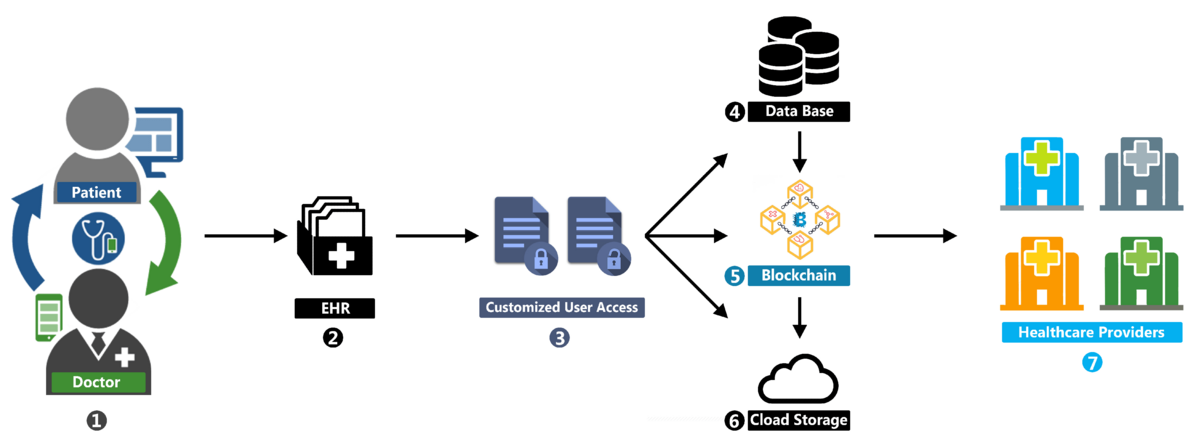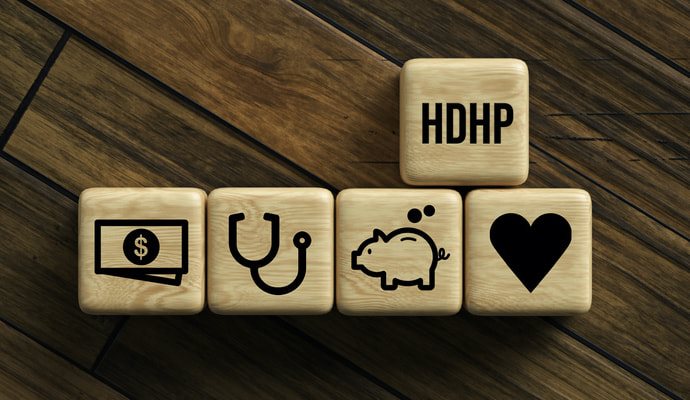In the era of digital transformation, blockchain technology has emerged as a groundbreaking innovation with the potential to revolutionize various industries, including healthcare. While blockchain is often associated with cryptocurrencies like Bitcoin, its application extends far beyond finance. In healthcare, blockchain technology holds immense promise for improving data security, interoperability, and efficiency in medical billing processes. Let’s delve into the transformative potential of blockchain technology in medical billing and its implications for the future of healthcare finance.
Understanding Blockchain Technology
At its core, blockchain is a decentralized, distributed ledger technology that enables secure, transparent, and immutable record-keeping of transactions across a network of interconnected computers. Each transaction, or “block,” is cryptographically linked to the previous block, forming a chain of blocks that cannot be altered or tampered with once validated by network participants. Blockchain technology eliminates the need for intermediaries, such as banks or clearinghouses, by enabling peer-to-peer transactions with enhanced security and transparency.
Applications of Blockchain in Medical Billing
In the realm of medical billing, blockchain technology offers several potential applications and benefits:
- Enhanced Data Security: Blockchain technology provides a secure and tamper-proof platform for storing and sharing sensitive healthcare data, including patient demographics, insurance information, and billing records. By encrypting data and distributing it across multiple nodes in the network, blockchain minimizes the risk of data breaches, unauthorized access, and fraudulent activities, enhancing data security and privacy protection.
- Streamlined Claims Processing: Blockchain technology can streamline claims processing by facilitating real-time verification and adjudication of claims through smart contracts. Smart contracts are self-executing agreements coded on the blockchain that automatically trigger payment transactions when predefined conditions are met, such as the approval of a claim by a payer. By automating claims processing workflows, blockchain reduces administrative overhead, accelerates payment cycles, and minimizes errors and disputes.
- Interoperable Health Information Exchange: Blockchain technology enables secure and interoperable exchange of health information among disparate healthcare systems, providers, and payers. By establishing a unified, decentralized platform for data exchange, blockchain promotes seamless interoperability, standardization, and sharing of medical billing data across the healthcare ecosystem, improving care coordination and communication between stakeholders.
- Fraud Detection and Prevention: Blockchain technology can help detect and prevent healthcare fraud by creating a transparent and auditable record of transactions. By tracking the flow of funds and verifying the authenticity of claims data, blockchain enhances transparency and accountability in medical billing processes, making it easier to identify fraudulent activities, such as duplicate billing, upcoding, and identity theft.
- Patient Empowerment and Ownership: Blockchain technology empowers patients to take control of their healthcare data and participate in billing processes more actively. Through blockchain-based platforms, patients can securely access, manage, and share their medical billing records, insurance claims, and payment histories, facilitating greater transparency, trust, and engagement in healthcare finance.
Challenges and Considerations
While blockchain technology holds great promise for transforming medical billing, several challenges and considerations must be addressed, including:
- Scalability: Blockchain networks must overcome scalability limitations to support the high volume of transactions inherent in medical billing processes.
- Regulatory Compliance: Blockchain solutions must comply with healthcare regulations, such as HIPAA, GDPR, and state privacy laws, to ensure the secure handling of sensitive patient data.
- Interoperability: Achieving seamless interoperability among diverse blockchain networks and legacy healthcare systems remains a challenge that requires standardization and collaboration among stakeholders.
- Adoption Barriers: Overcoming barriers to adoption, such as cost, complexity, and resistance to change, is crucial for realizing the full potential of blockchain technology in medical billing.
Conclusion
Blockchain technology has the potential to revolutionize medical billing by enhancing data security, interoperability, efficiency, and transparency in healthcare finance. As the healthcare industry continues to embrace digital innovation, blockchain offers a transformative solution for addressing the challenges of traditional billing processes and advancing towards a more secure, efficient, and patient-centered healthcare ecosystem. By harnessing the power of blockchain technology, healthcare stakeholders can unlock new opportunities for improving billing accuracy, reducing administrative costs, and enhancing the overall quality and integrity of medical billing practices.





